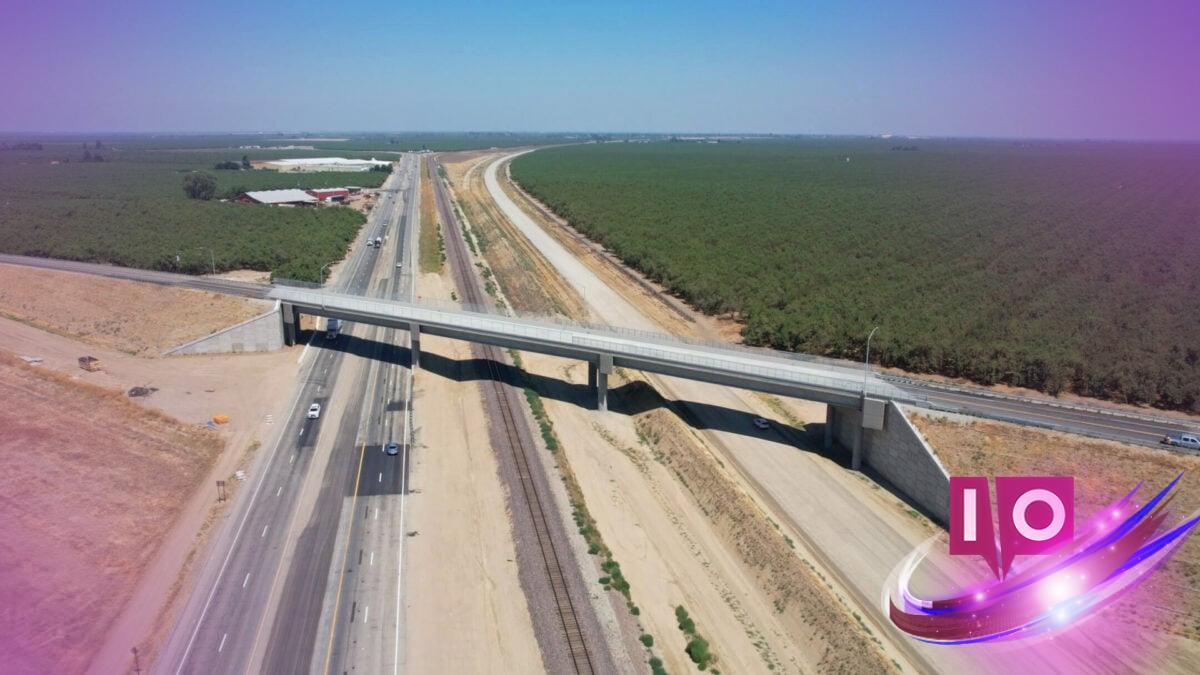Seventeen years ago, Californians made a bold bet on a transformative future. By narrowly approving a $10 billion bond measure, they envisioned a high-speed rail line connecting San Francisco and Los Angeles in under three hours. This ambitious project promised to reduce emissions, revitalize the Central Valley, and finally provide the efficient travel options that people in Asia and Europe enjoy.
However, that vision has faltered. Instead of launching by 2020 as promised, costs have more than doubled, minimal progress has been made, and actual service may not commence before 2030—starting only between Bakersfield and Merced, far from the line’s intended endpoints.
It’s no surprise the project faces significant financial hurdles and political challenges. From Transportation Secretary Sean Duffy to authors like Ezra Klein and Derek Thompson, many label it a complete failure. As noted, “In the time California has spent failing to complete its 500-mile high-speed rail system, China has built over 23,000 miles of high-speed rail.”
1. What Went Wrong with California’s High-Speed Rail?
The factors contributing to this stagnation vary depending on whom you ask, but experts commonly cite three key missteps: the formation of a new agency to lead the project, lack of sufficient initial funding, and a route traversing California’s agricultural heartland. The state’s stringent environmental review process has also posed significant challenges.
2. Is High-Speed Rail Support Fading Away?
Support for the California high-speed rail project remains strong among its constituents. Nonetheless, while private initiatives like Brightline have made strides, publicly funded high-speed rail efforts in states such as Texas and Ohio have struggled. America’s aspirations for high-speed rail are stymied by a regulatory framework that favors cars and highways, alongside perpetual funding difficulties.
3. Why Did California Create a Dedicated Authority?
California established the California High-Speed Rail Authority in 1996 in response to alarming transportation studies that indicated highways alone wouldn’t manage anticipated growth. Yet, feelings run high that this was a miscalculation. The agency lacked the expertise for overseeing such a massive project and navigating bureaucracy, leading to heavy reliance on outside consultants for guidance, accruing substantial costs.
As of late, the authority has started curbing this dependence, with consultants moving from constituting 70% of the workforce to 45% over the last seven years.
4. How Did Funding Challenges Emerge?
Initially, the High-Speed Rail Authority envisioned a funding mix—equal parts state, federal, and private contributions. However, California has thus far covered 75% of the approximately $14.6 billion spent. Despite additional funding assistance from the federal government—including grants from the Biden administration—financial shortfalls persist, complicating future progress.
Governor Gavin Newsom recently devised a strategy, proposing to allocate $1 billion annually from the state’s cap-and-trade program towards the rail project for the next two decades. Yet experts indicate that the project needs a consistent income stream of about $5 billion each year to cover all expenses.
5. What Alternatives Could Help California Achieve Its Goals?
Brightline’s success in Florida showcases how high-speed rail in the U.S. can be strategically developed by leveraging public land. California could have considered a similar approach by utilizing its existing highway system. Instead, opting for a route through major population centers complicated logistics and inflated costs.
This decision was made with good intentions, as it aimed to bring economic development to less prosperous regions, creating thousands of construction jobs. However, the project exceeded initial funding and time estimates while increasing local opposition and bureaucratic challenges due to California’s environmental regulations.
How does California’s environmental oversight impact the high-speed rail project? While measures under the California Environmental Quality Act aim to safeguard the state’s rich biodiversity, the regulations have acted as a double-edged sword. The High-Speed Rail Authority has spent over $765 million on environmental review processes, with lawsuits adding significant delays and costs to the project.
Recent modifications to the CEQA regulations may help alleviate some burdens in the future, but issues of political support and actual progress remain paramount.
6. Can High-Speed Rail Still Succeed in California?
Despite these challenges, progress has indeed been made, with over 463 miles of the 494-mile system cleared for construction and 70 miles of rail already laid. Since the project’s commencement, it has generated over 15,500 jobs. Governor Newsom remains adamant about fulfilling this long-promised vision, appealing to constituents eager for results. According to recent surveys, 62% of voters support continuing funding for the initiative.
Looking forward, the High-Speed Rail Authority aims to connect Bakersfield to either Merced or Gilroy, with plans to start installing track by next year. If successful, it would pave the way towards reaching Palmdale and extending the line closer to both San Francisco and Los Angeles.
Ultimately, California’s high-speed rail project represents more than just an infrastructure endeavor. It’s a critical test for the nation’s commitment to delivering transformative transportation solutions.
What channels of funding can support such expansive projects? More than ever, tangible strides, a reliable funding stream, and community backing will be essential for this ambitious vision to cross the finish line. If you’re interested in following developments in infrastructure and climate solutions, explore more at Moyens I/O.
